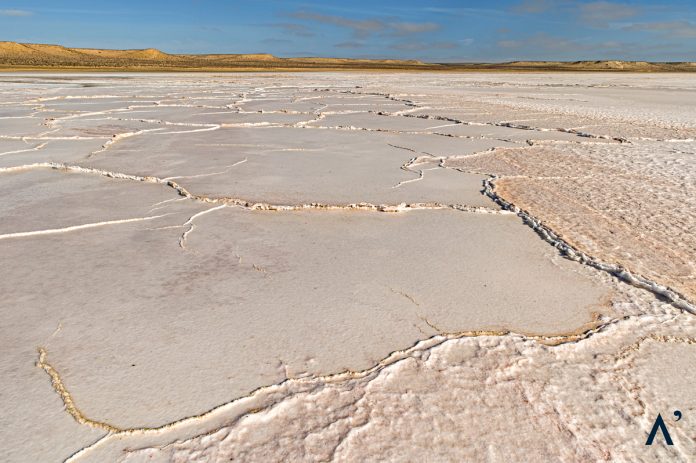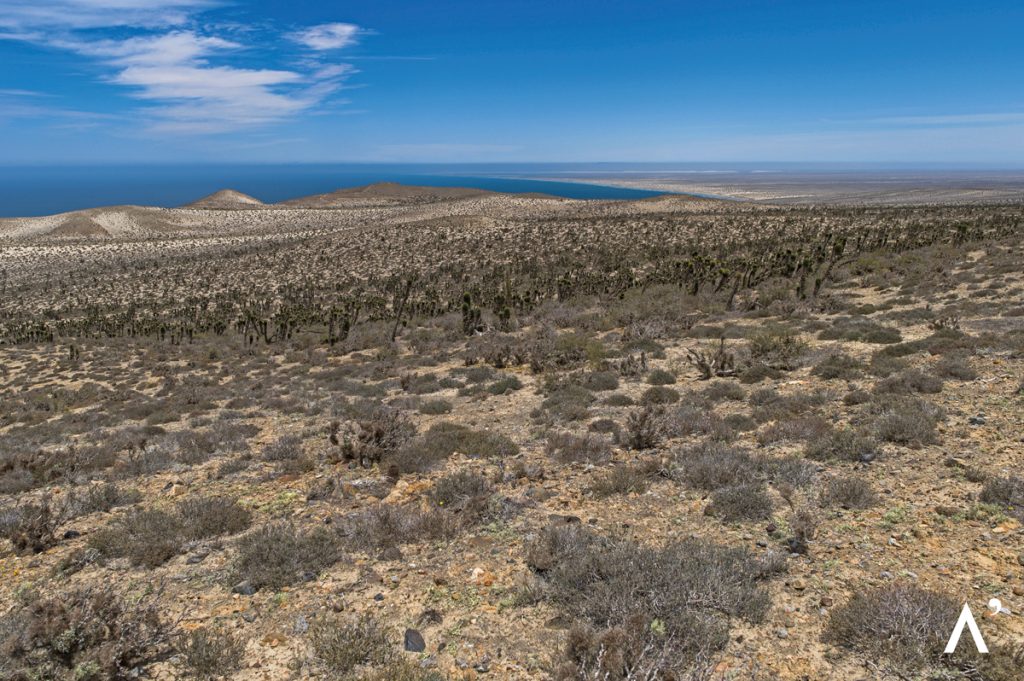Beyond the 28th parallel lies Guerrero Negro, and to the South begins a world of attractions. This privileged zone is part of the central desert and the heart of the Sierra de Vizcaino Biosphere. It is scented by the breeze from the Pacific Ocean and the Gulf of California. We refer to a hidden paradise in this perfumed land.
The critical areas in this perfumed land include the mining towns of Santa Rosalía, known for gypsum production, and Guerrero Negro, which specializes in salt production. We also have Sierra de San Francisco, primarily focused on cattle raising and tourism; Valle de Vizcaíno, known for its high-tech, traditional agriculture and tourism; and Pacífico Norte, centered around fishing and tourism.
Discover a paradise of adventures along the North Pacific as you visit unique towns like Punta Abreojos, La Bocana, Punta Prieta, Bahía Asunción, Puerto Escondido, Bahía Tortugas, Punta Eugenia, and Isla Natividad. These communities are known for extracting high commercial value species such as abalone, lobster, panocha snail, and pismo clam, resulting in exquisite gastronomy. The flavors are influenced by the sea but perfected by the local people, creating uncommon delicacies.
The town of Guerrero Negro was established in 1954 when an American visionary named Daniel Ludwig, who built the Princess Acapulco Hotel in Mexico, decided to set up a salt exporting facility to meet the demand of the west coast of the United States. The town is named after the “Black Warrior” whaler that ran aground in 1858 in its seas. According to myth, the shipwreck’s remains lay at the entrance of Ojo de Liebre Bay for decades.
This hidden paradise is truly magical, thanks to the dryness of its lands and the contrast of its ecosystems. It boasts attractions such as the world’s largest open-pit salt exporter, the Ojo de Liebre Lagoon, and its monumental mammals, including the grey whale, which relies on the site for survival. Furthermore, it is part of the transpeninsular highway that spans the entire peninsula, reaching the border with the United States, making it the second-longest straight highway in the world. The area boasts majestic dunes reaching up to 30 meters in height and marshes home to many species. The marshes feature beautiful mounds of fine sand that the wind flutters, transforming into a changing scene.
Malarrimo Beach, located in Ojo de Liebre Bay, is a symbolic place where the ocean currents have deposited various objects from different latitudes over the years. In Guerrero Negro, there is a restaurant that has an exhibition of objects found on this beach. Some of the items appear to date back to World War II.
Southern California is a vibrant tapestry of cultures, a place where a multitude of experiences await exploration. It’s a bustling crossroads of social interactions, where diverse communities intersect, and a rich repository of resources that span the breadth of Mexican California.
All of this predates its human inhabitants and serves as silent witnesses to the evolving history, but above all, to the wind, sea, and sun of this hidden paradise.







